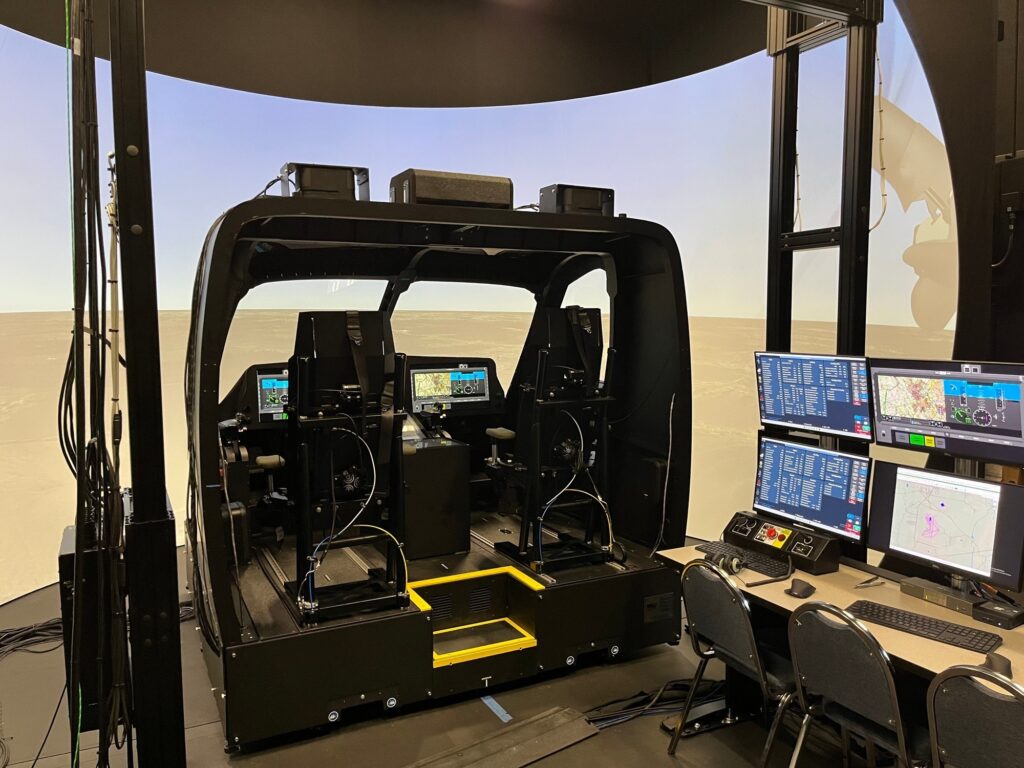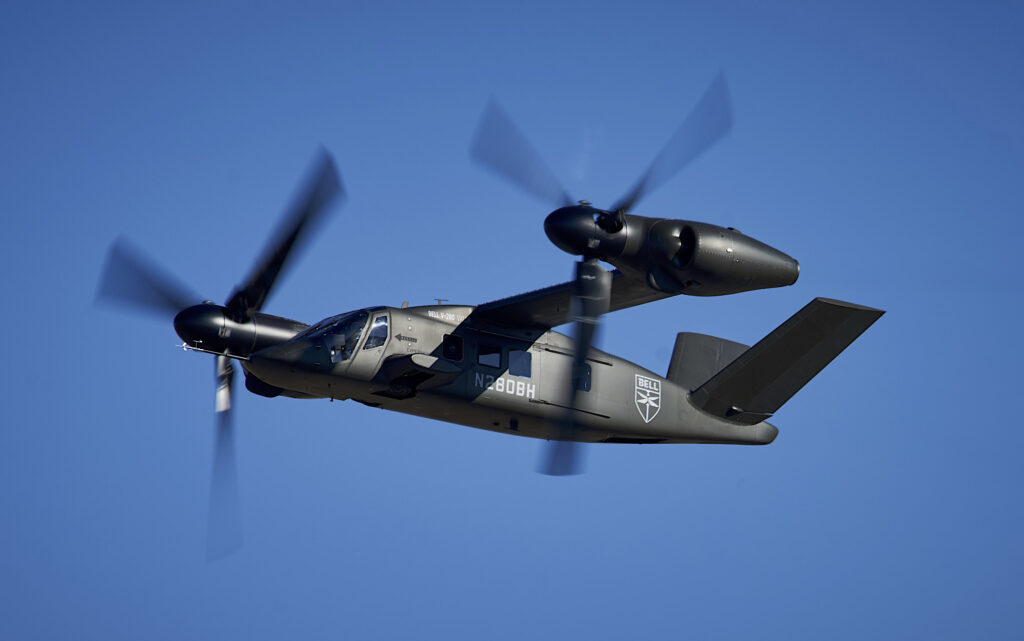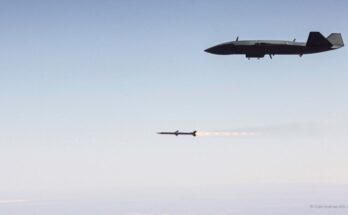
With any time spent in the U.S. defense world, you’re bound to come across the buzzy acronym, MOSA. But what does it mean, and why does it matter? Strictly speaking, MOSA stands for Modular Open Systems Approach. Broadly, it’s a strategic initiative designed to foster a more competitive, innovative marketplace, while improving adaptability and interoperability across defense platforms.
The push for MOSA is rooted in U.S. law. For decades, the Department of Defense (DoD) encouraged MOSA principles in acquisition programs. Still, it wasn’t until FY17 that Congress mandated that all major acquisition programs implement MOSA to the “maximum extent practicable” starting in 2019 through the National Defense Authorization Act (NDAA). The FY21 NDAA later expanded the scope to remaining DoD programs.
Beyond the legal stipulations, MOSA offers to improve organizational processes and make weapons programs more efficient and effective through some key benefits:
- Promotes innovation and competition – By opening up supplier opportunities, the government can procure from a variety of contractors. For example, in the U.S. Air Force Collaborative Combat Aircraft (CCA) program, a mix of four traditional and start-up companies are competing to build different program aspects, airframes, and piloting software.
- Faster modernization and upgrades – A “plug and play” framework enables faster integration of emerging technologies and reduces time-consuming redesign efforts.
- Reduces Costs – A competitive supplier base drives down costs over a weapon system’s life cycle and strengthens sustainment options.
- Improves Interoperability – Modular requirements allow components to be used across platforms, fostering a more connected force.
Yet, MOSA is not without challenges. A January Government Accountability Office (GAO) study found that MOSA could lead to program vulnerabilities, particularly cybersecurity threats from adversaries. MOSA is expensive to add to established programs and can also increase design and development costs. However, over time, MOSA principles will likely outweigh the risks and could radically alter the efficiency and resilience of defense acquisitions.
Case Study FLRAA

One prominent MOSA standout is the U.S. Army’s Future Long Range Assault Aircraft (FLRAA). The Army plans to procure the Bell MV-75, a high-speed tiltrotor, at an accelerated pace, with low-rate production in 2028 and fielding in 2030, or possibly sooner.
According to the GAO, FLRAA adopted a MOSA prior to the statutory requirement because of the need to contain costs. Through an affordability analysis, program officials found that they would need to implement MOSA principles to afford the Army’s planned force structure size.
Accordingly, Bell has adopted several pre-production MOSA strategies to ensure cost-effective upgrades and rapid component integration for the MV-75. One element is the use of an MV-75 “digital twin” or virtual prototype (VP). The first of two was delivered to the Army in June.
The benefit of the MV-75 VP is twofold. First, it gets the digitally-simulated aircraft in the hands of the customer sooner, allowing Army aircrews to test the interface and inform design. Second, engineers can address customer feedback and refine software to avoid expensive retrofits or timeline delays.
Bell has tested over 1,600 use case attributes to ensure the MV-75 can integrate future communication, weapons, and sensor equipment. The digital modeling approach prioritizes compatibility in the design phase to avoid post-production changes.
Perhaps the most significant shift in the spirit of MOSA is in the control of data rights and intellectual property (IP). Under FLRAA, the Army will control some IP elements to enable competitive upgrades and avoid vendor lock-in—a costly lesson learned from programs like the F-35.
With the MV-75, Bell and the Army appear “all-in” on MOSA. Aside from the legislative mandate, MOSA strategies could transform the traditional acquisition process and mutually strengthen private industry and government customers. Success, however, depends on the ability of both sides to consistently apply the principles at each step of the process, particularly in sustainment over the lifespan of the program.
A former naval officer and Seahawk helicopter pilot, Jon currently leads the Military Aerospace and Weapons Systems group at Forecast International. He specializes in current and emerging military fixed and rotary-wing aircraft. With over a decade of experience in military aviation, operations, and education, he forecasts a diverse range of defense and naval systems.
Influenced by his time as a former Presidential Management Fellow and International Trade Specialist at the Department of Commerce, Jon gained insights into government operations and global markets.
Before joining Forecast International, he served as an NROTC instructor and Adjunct Assistant Professor at the University of Texas, teaching undergraduate courses in naval history, navigation, defense organization, and naval operations and warfare.



